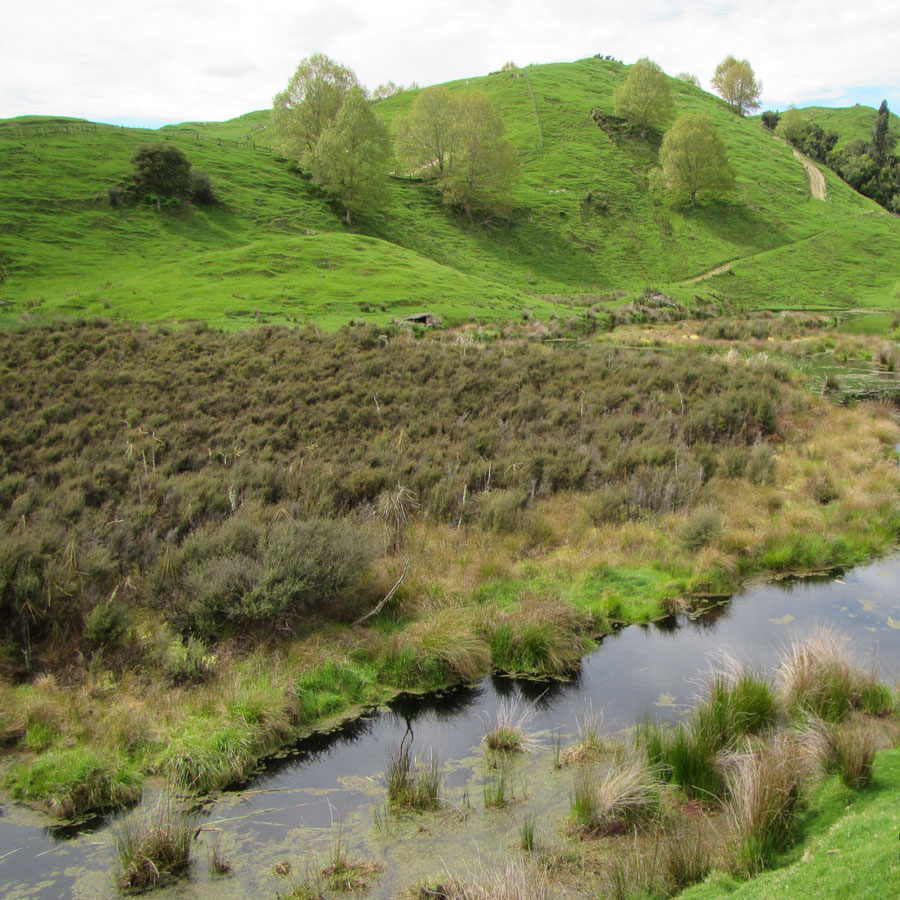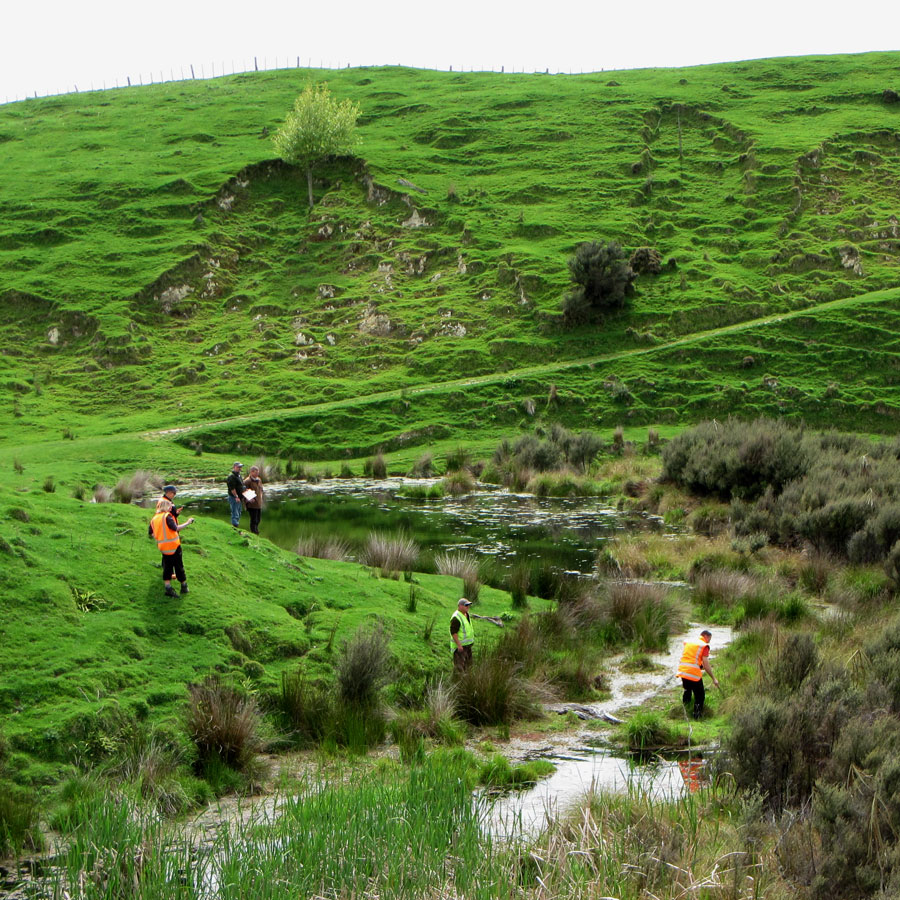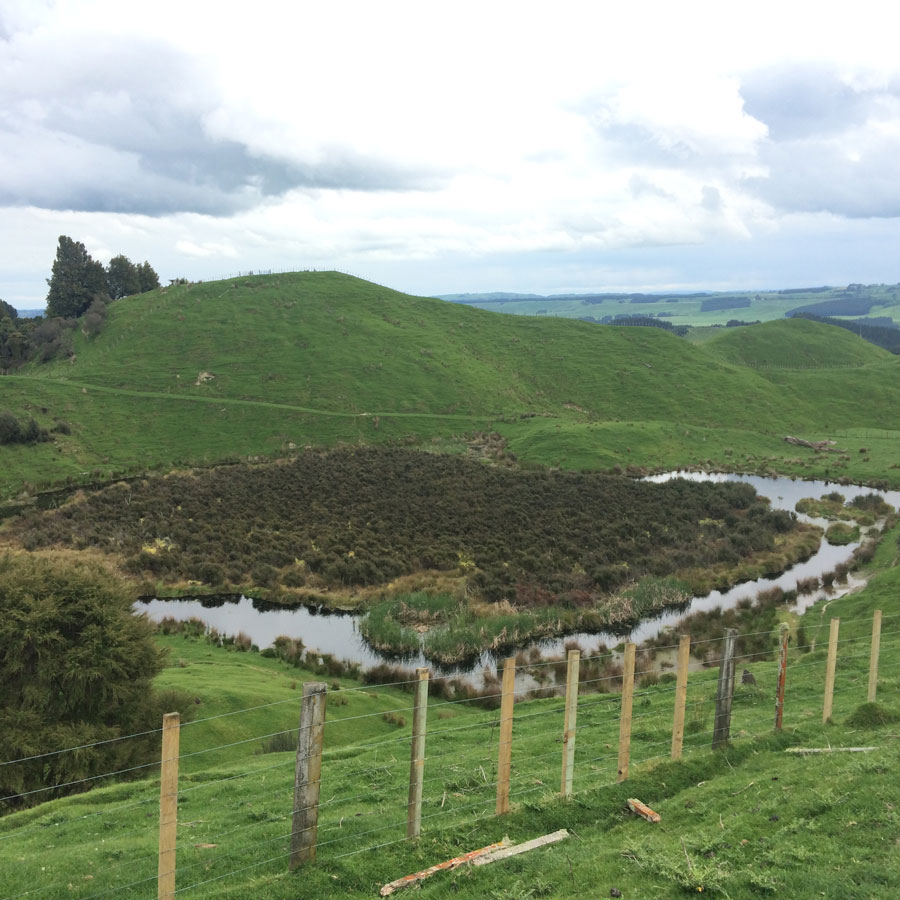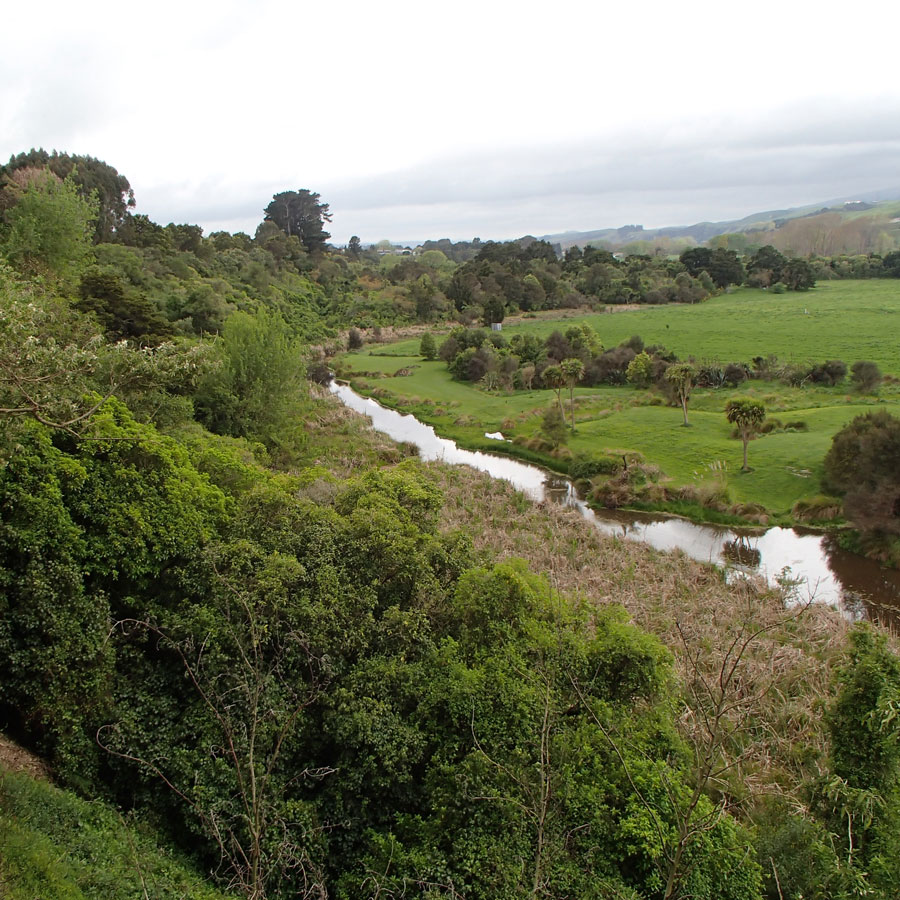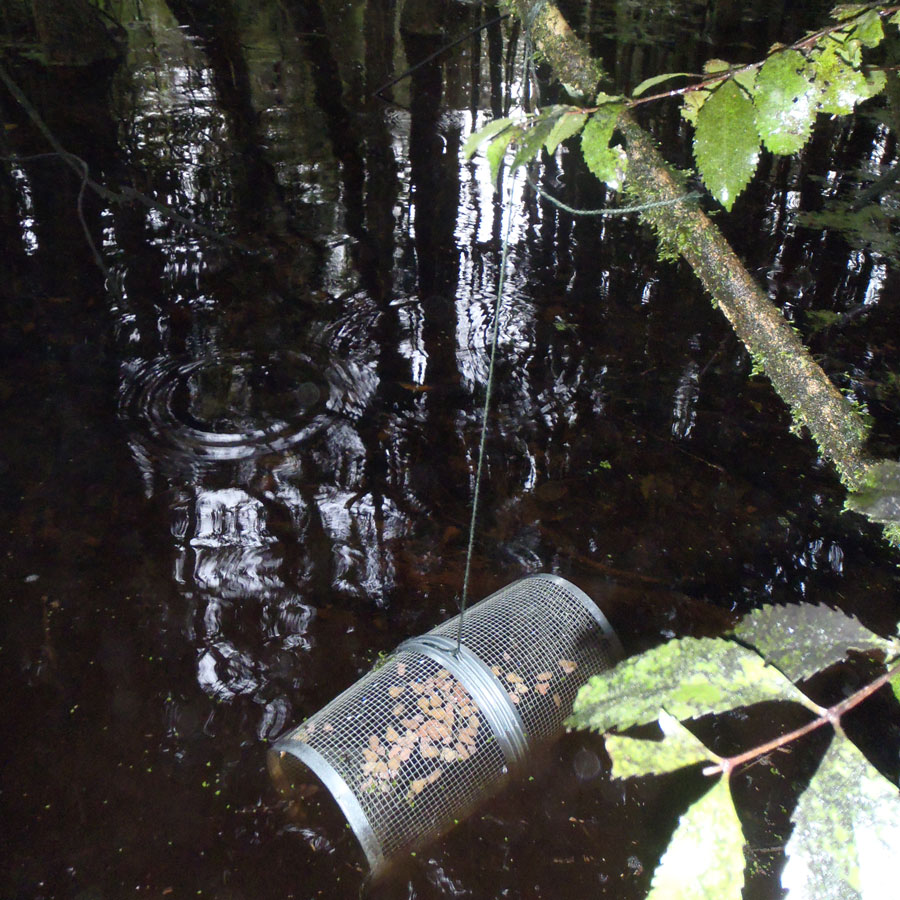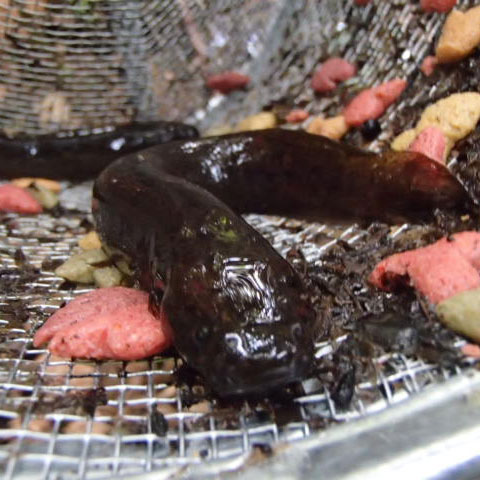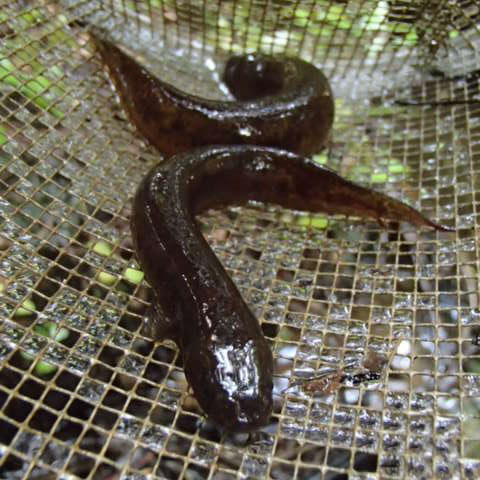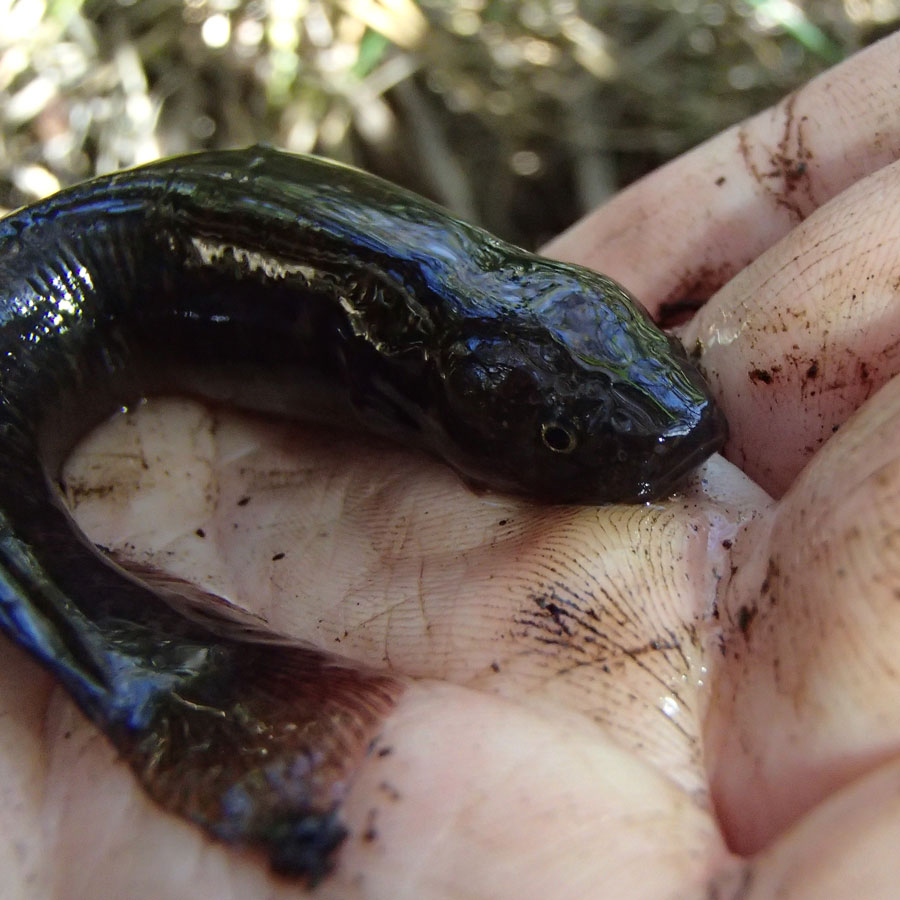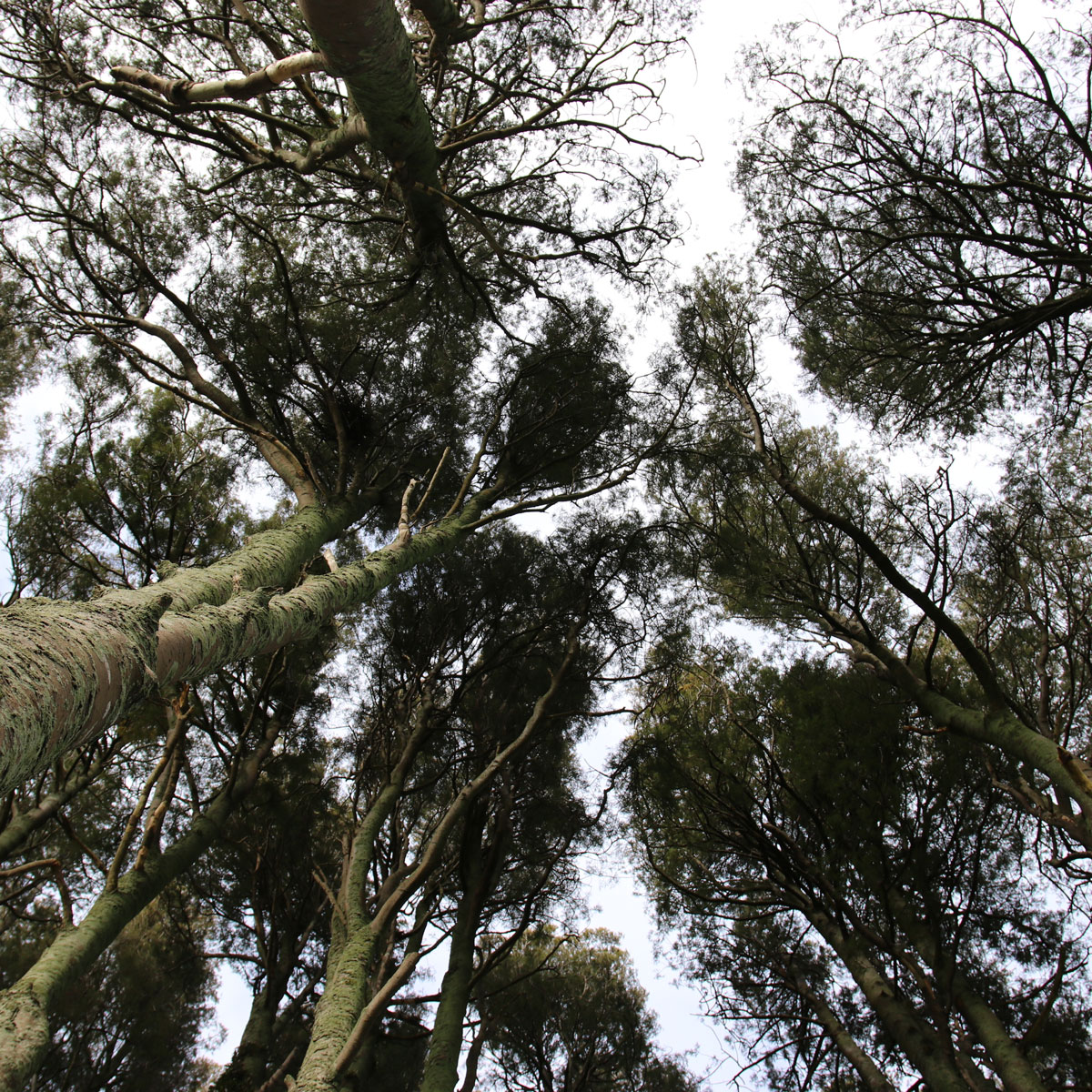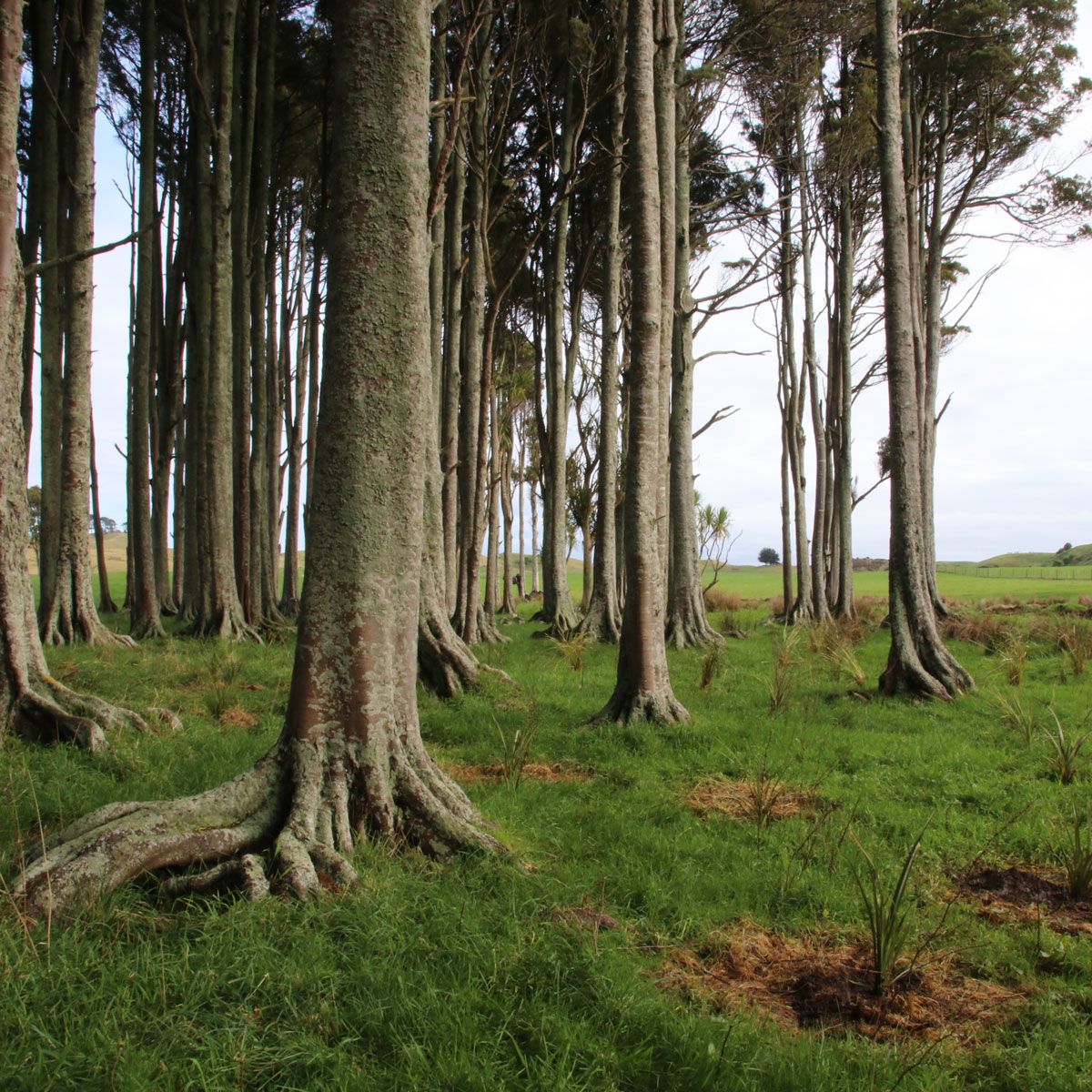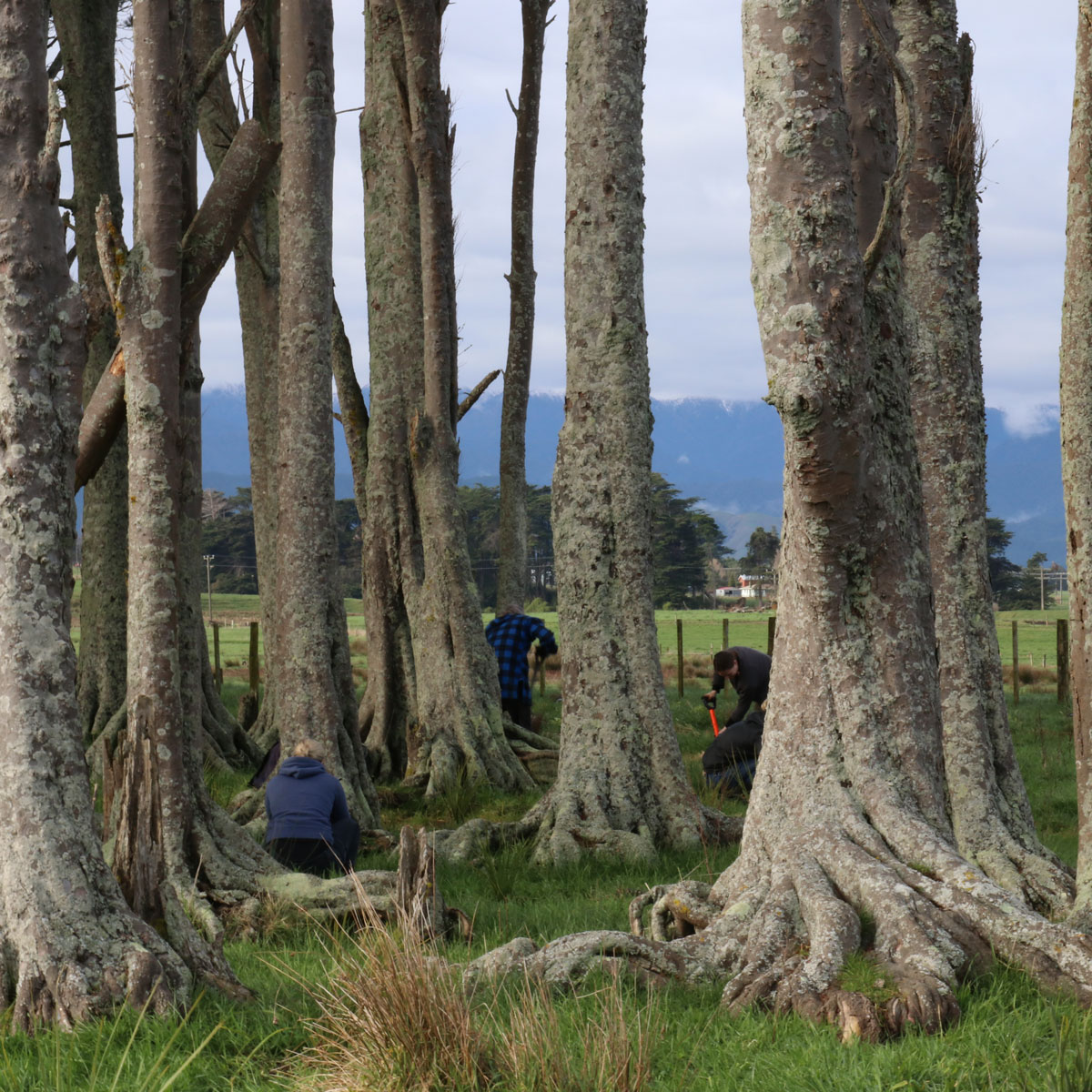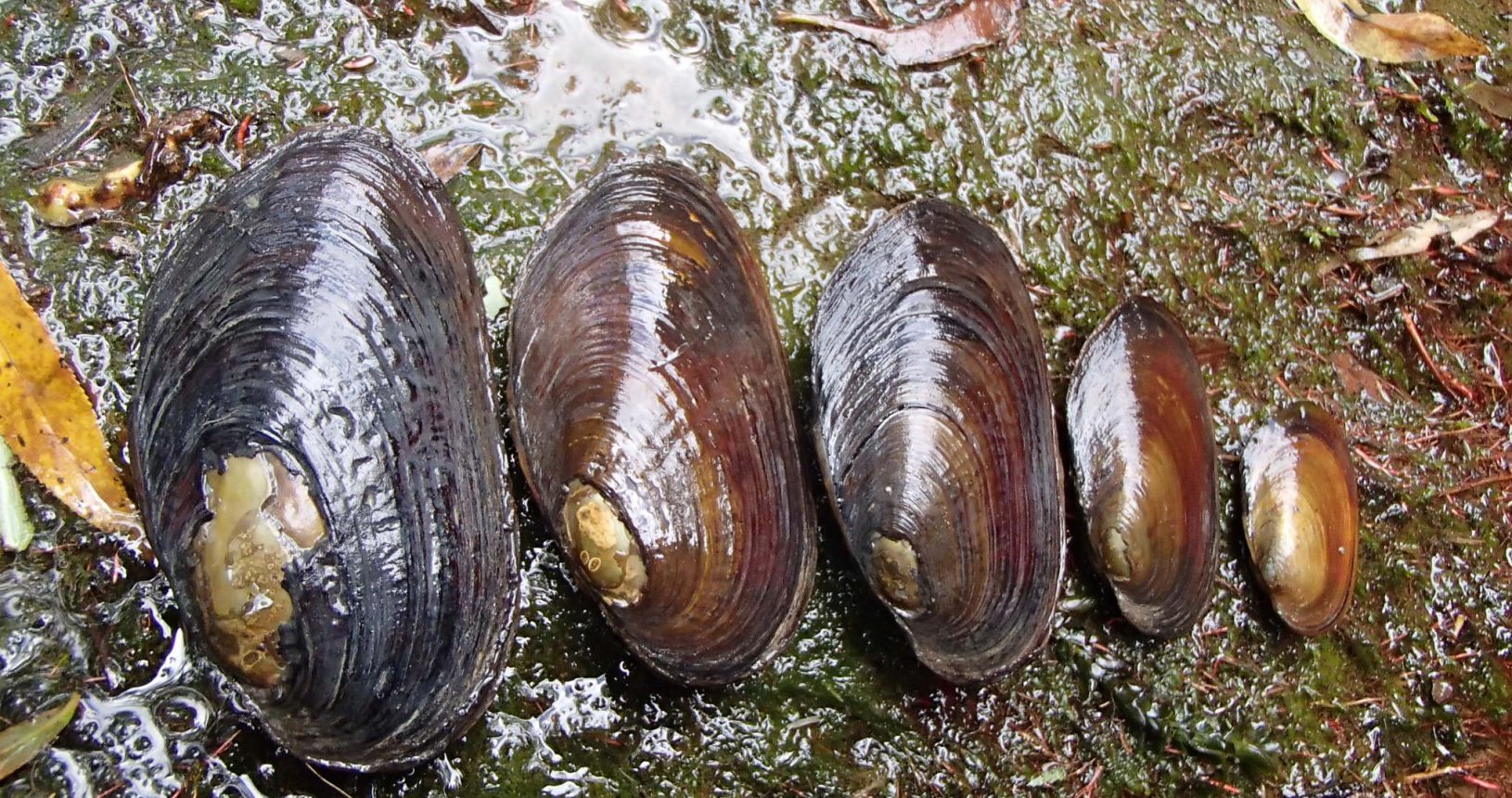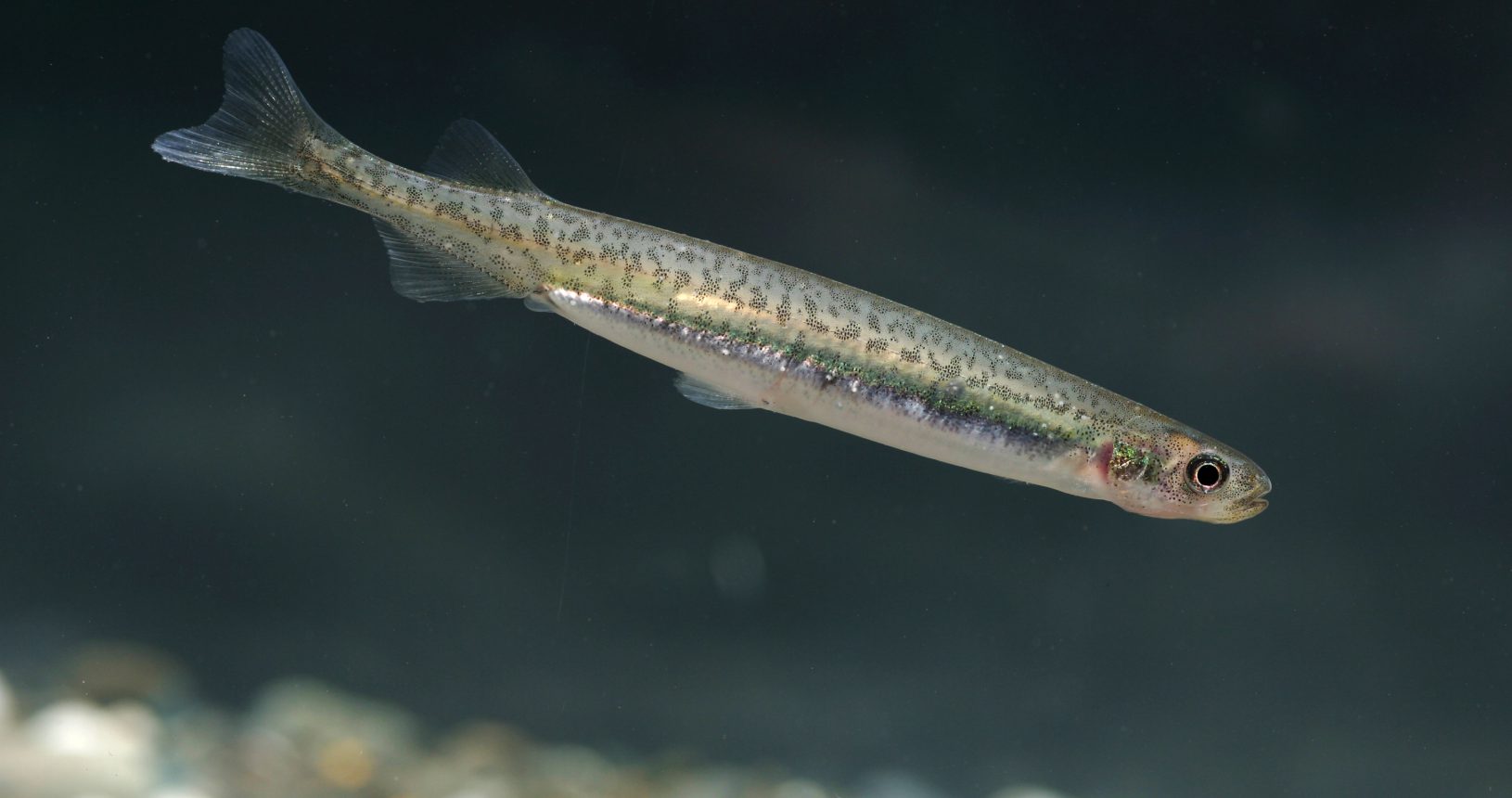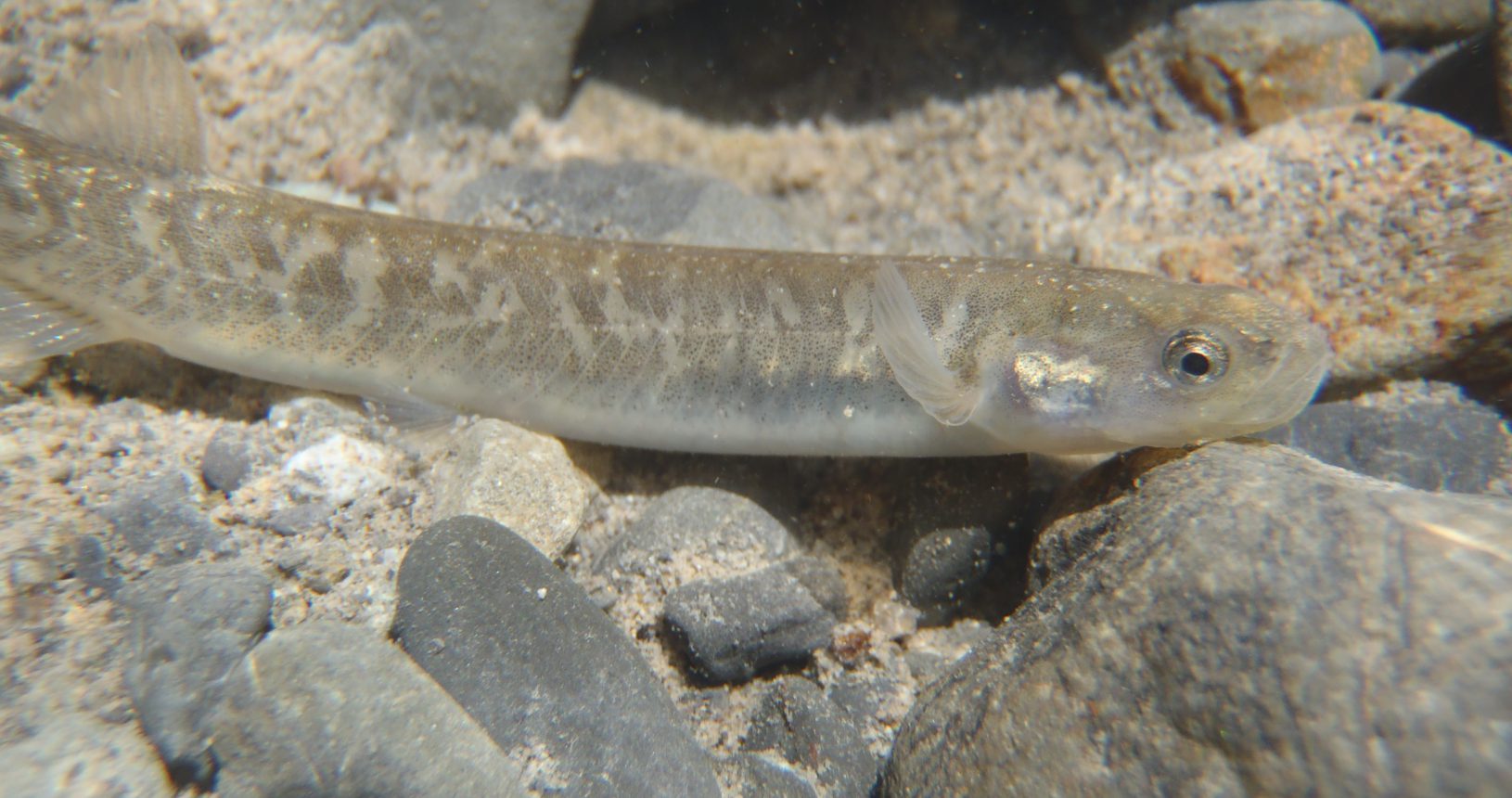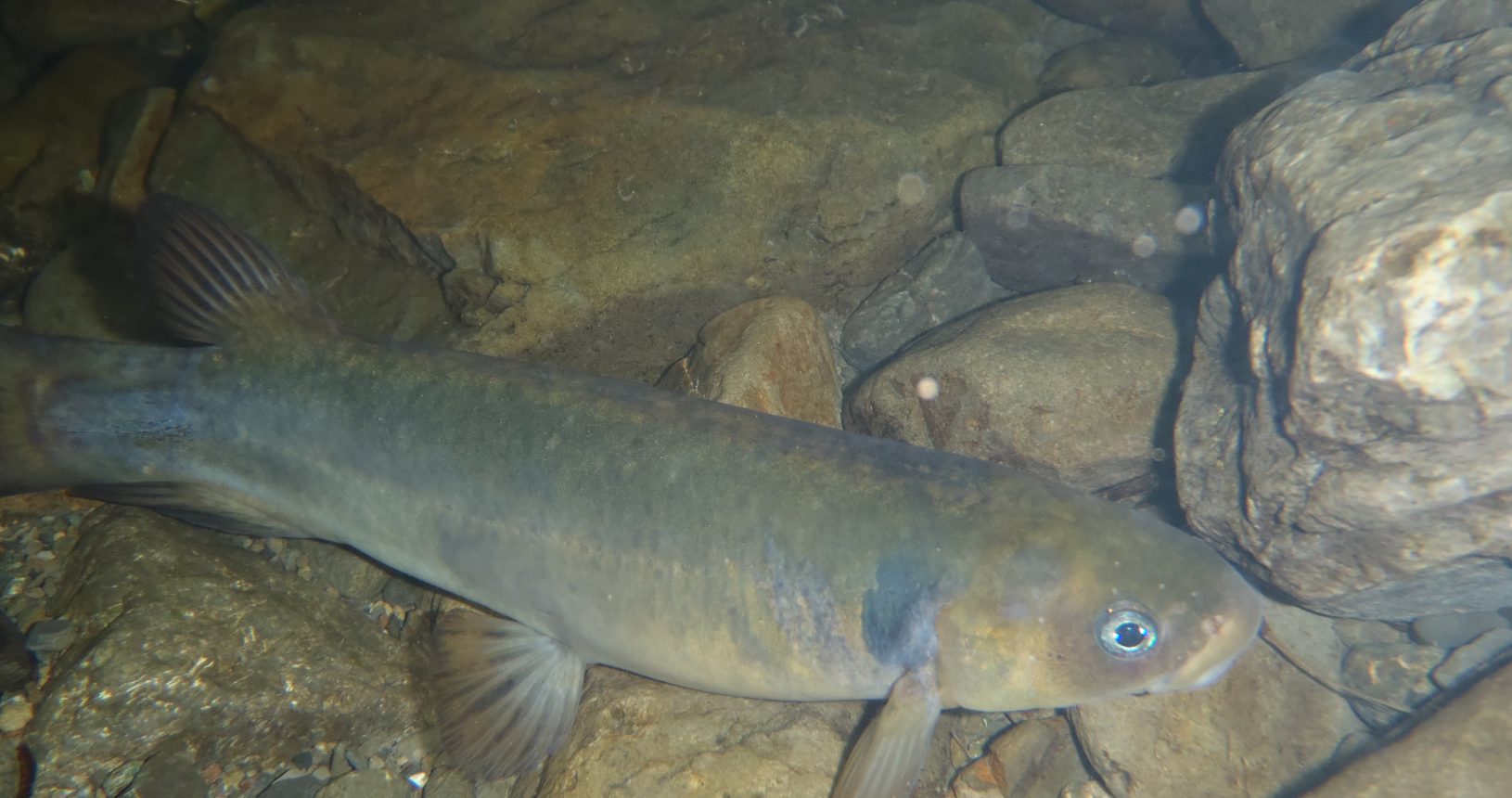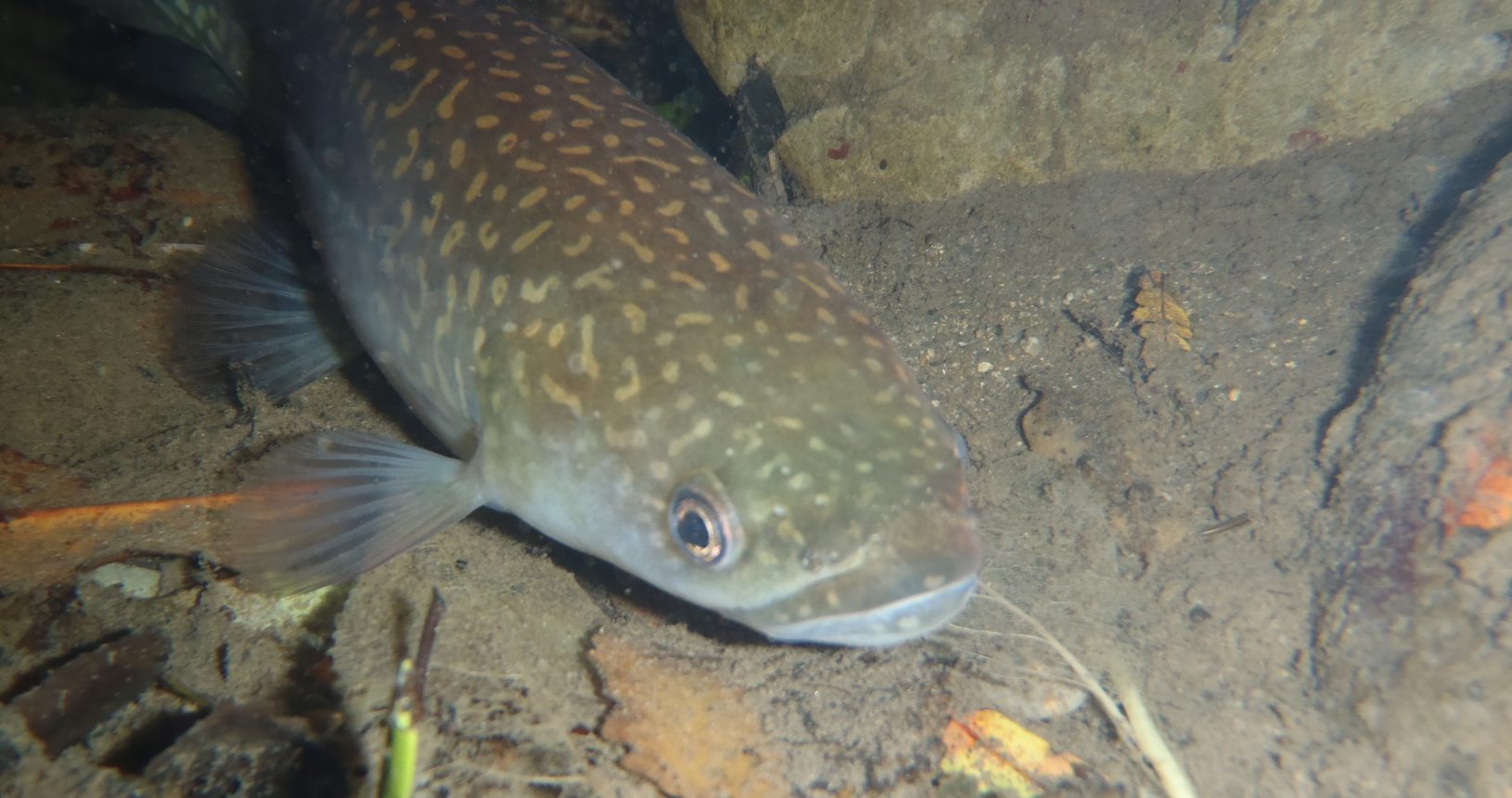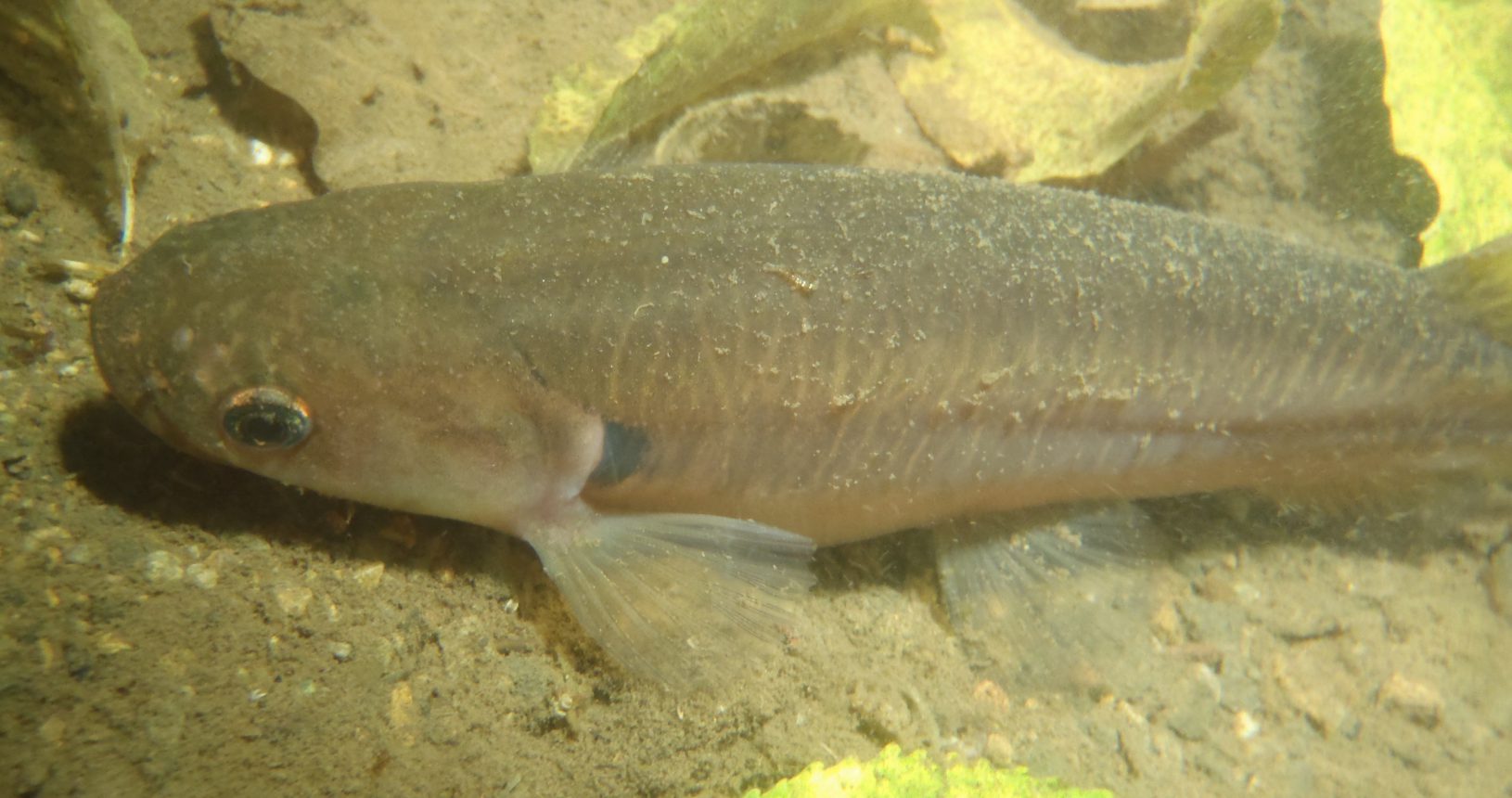The Manawatū River is the lifeblood of the catchment and is an essential part of a delicate ecosystem – a system that is home to many of New Zealand’s native species. Guarding and supporting our bush remnants, wetlands and stream margins protects our awa while also creating habitat for our native flora and fauna to thrive.
Only 18 per cent of the Manawatū Catchment remains under indigenous cover. Continued development of the landscape has created isolated pockets of indigenous habitat, these can range from large areas such as those in forest parks to very small areas found on private land. Much of our indigenous vegetation has fallen below self-sustaining thresholds and, without active management, is at risk of invasion from pest plants and animals. If neglected, eventually the original ecosystem will collapse and disappear. Significant effort and resourcing is required if we are to succeed in protecting what remains.
Ngā kūkūwai
Wetlands
Wetland habitats are one of the most productive systems in the world, providing a diverse ecosystem for a wide range of species. They are comparable to being the kidney of the human body, slowing down the flow of water, allowing some nutrients to be captured and used by the organisms which inhabit the wetland, as well as filtering nutrients before they flow into the waterways.
Wetlands were once typical throughout the Manawatū with extensive wetland systems spanning much of the area from the coast to ranges on the western side of the region. Manawatū Plains have likely experienced the greatest loss and have been reduced to less than three per cent of their former extent. In the Manawatū catchment, Broadlands Wetland, Ferry Reserve, Totara Reserve and Totara Reserve Wetland stand out regionally as being in excellent ecological condition.
The Manawatū Estuary is a Ramsar site (a wetland of international importance) and regional taonga made up of sand dunes, mudflats and salt marshes covering 533 hectares near Foxton Beach. It has some of the most diverse range of birds to be seen in any one place in New Zealand.
Manawatū Estuary 2016 Broad Scale Mapping
This report presents the results of broad-scale estuary habitat mapping completed in the Manawatū Estuary in 2016 by Horizons Regional Council. The report provides risk indicator ratings, an assessment of overall estuary condition, and monitoring and management recommendations.
Ngā mōmōhanga ngāherehere
Bush Remnants
Areas of indigenous/native bush play an important role, providing habitat for indigenous plants, birds, and insects. They also create a sanctuary for our native plants and trees to grow. Root systems can help to stabilise land, reducing erosion and sediment run off to the awa. They also filter nutrients and bacteria, acting as a natural buffer that helps to protect waterways. At the same time, they store large amounts of carbon, reducing the effects of climate change.
Biosecurity is an important part of protecting biodiversity, by controlling plant pests like old man’s beard, blackberry, tradescantia (wandering willie), and animal pests such as possums, rats and stoats, our native wildlife is given a chance to survive.
The Manawatū would have looked very different from today covered in indigenous vegetation, like the towering podocarp and broadleaf species Totora, Matai, Miro and Rātā. Although the loss of indigenous forest has not been as severe as for wetlands it is still significant. The loss is more significant in lowland areas which are considered more productive for agriculture than in upland areas such as our forest parks.
Ngā tahataha manga
Stream margins
Planting along stream margins, or riparian planting, has many benefits for biodiversity and stream health. As plants grow they provide shading for the awa. This reduces algae and weed growth and lowers the water temperature which cools and oxygenates the streams, creating a better environment for aquatic life. Planting also reduces erosion and improves water quality by acting as a natural buffer between streams and land use, filtering runoff, reducing sediment, E. coli and nutrients entering the water.
The plants create habitat and act as a food source for insects and aquatic life, which in turn become food for our birds. They are also a home for bees and birds supporting biodiversity and pollination of our native plants. Since the start of the Accord, there have been over 230,000 riparian trees planted along stream margins in the Manawatū Catchment, with more completed every year.
The best time for planting trees is in winter because consistent rainfall and low temperatures are required for the successful planting of young plants.
During the planting season, there are many planting days organised by community groups, iwi, Horizons and other Accord members.
Follow the Manawatu River social accounts on Facebook, Instagram or Twitter to join the conversation and share news with the Manawatū River community, or stay in the loop about upcoming events by visiting our News and Events page.
Te whakahaumaru nōhanga i te awa o Manawatū me ōna manga
Protecting habitats in the Manawatū Catchment
Much of the remaining indigenous biodiversity in the Manawatū Catchment is in poor condition and under pressure from pests and disturbance. Many different groups and organisations are working to protect biodiversity in the catchment and wider region, such as the Department of Conservation, Forest and Bird, QEII National Trust, councils and community groups. While it is difficult to account for every single site that benefits from the hard work put in by these groups, we know that there are 224 Department of Conservation sites and 162 QEII sites in the catchment. We also know that Horizons Regional Council has surveyed over 400 sites, with 45 bush remnant and 26 wetland sites having received some form of management.
As part of Horizons’ Priority Site Management Programme, management at a site often includes fencing, pest plant control and pest animal control, and can include wetlands, bush remnants, and coastal ecosystems. The programme operates under the non-regulatory arm of Horizons’ One Plan and has an ambitious goal to bring 200 bush remnants and 100 wetlands under management.
Currently, Horizons is actively involved at 31 sites, some of which are also protected by QEII covenants. At these sites, staff work to restore significant habitats with research and monitoring, pest plant and pest animal control, revegetation, fencing and dedicated work programmes for bush remnant enhancement. Much of this would not be possible without the support and commitment of the community and landowners. If you have native bush on your property and need support and information about how to protect it get in touch with us at info@manawaturiver.co.nz.
Take a look at the See Progress Map to see some of the things happening to protect biodiversity in your area.

